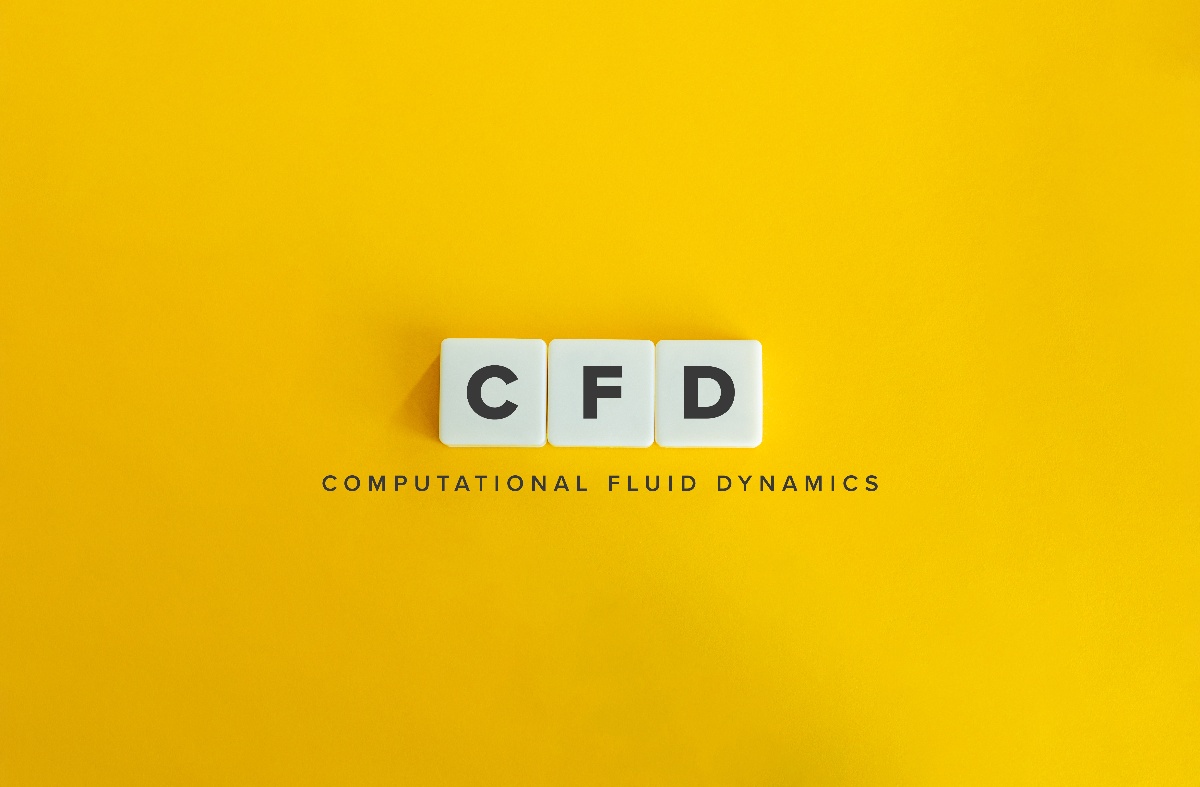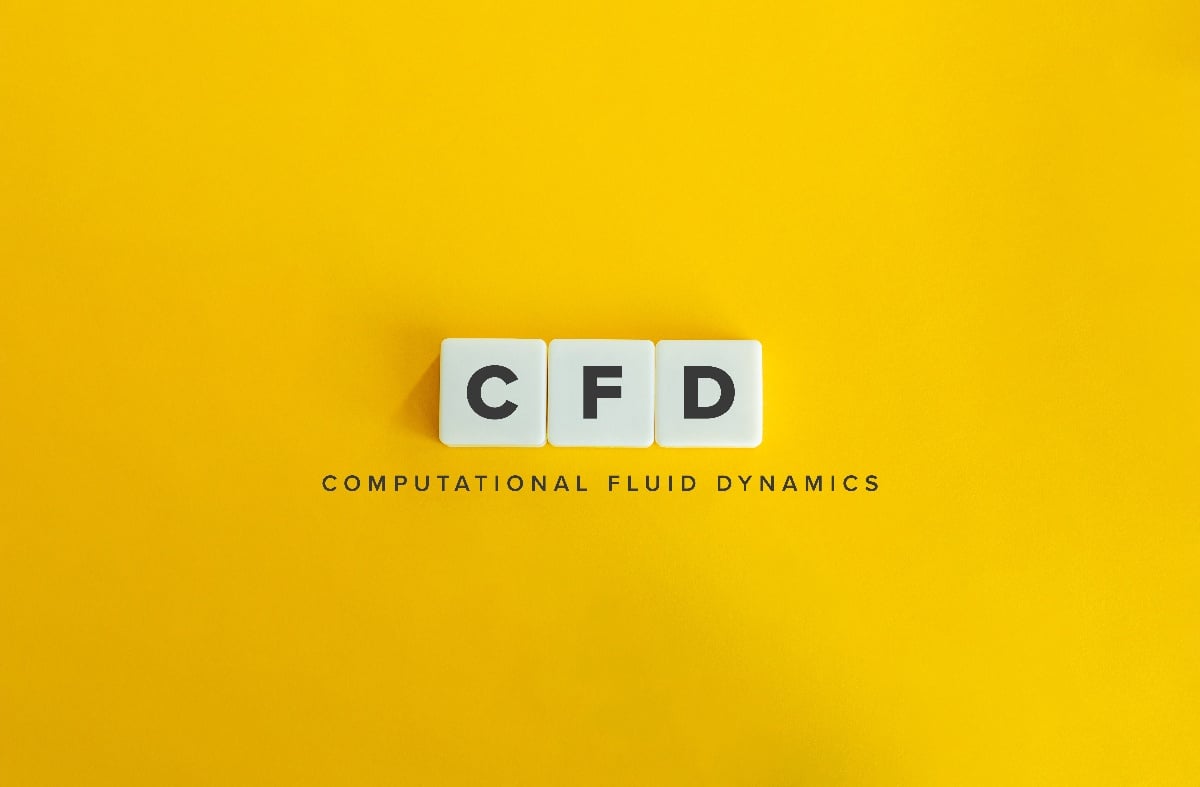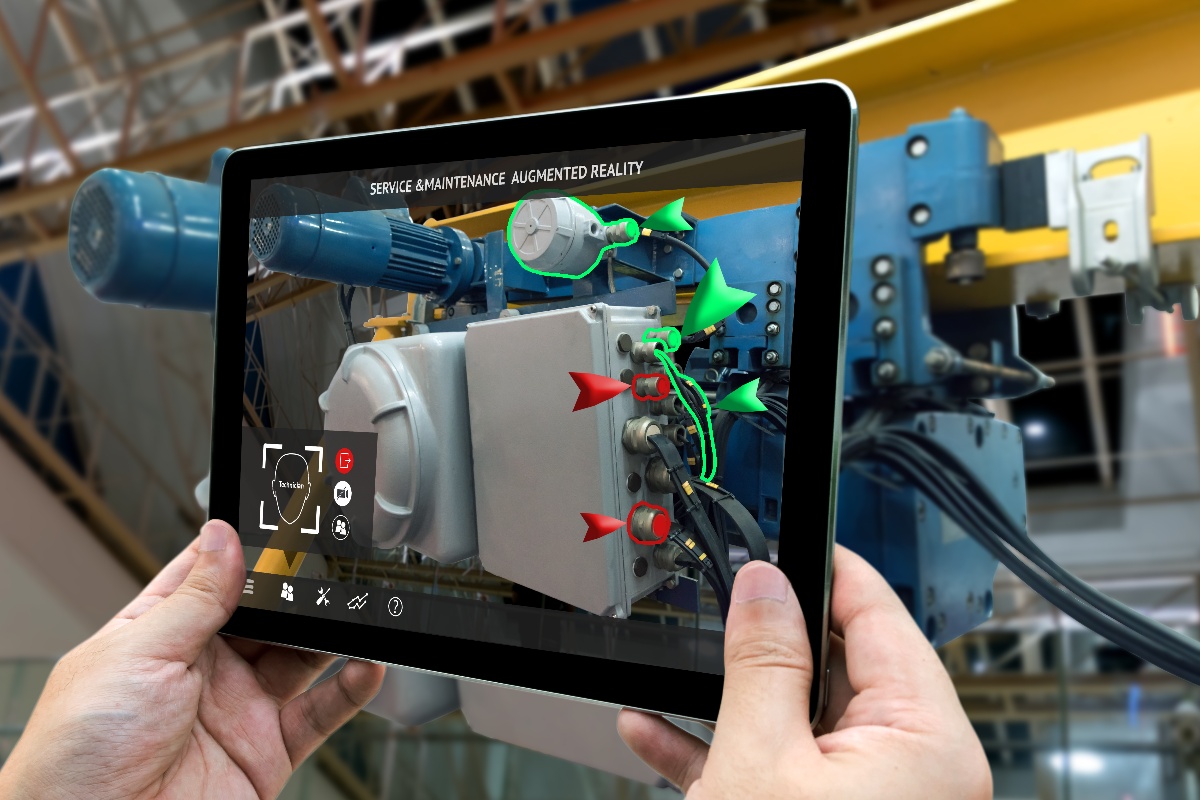
In the ever-evolving world of product design, Computational Fluid Dynamics (CFD) has become an indispensable tool for engineers seeking to optimize their creations. CFD enables designers to simulate and analyze fluid flow and heat transfer within and around objects, facilitating the optimization of performance, safety, and aesthetics. Meanwhile, the integration of advanced composite materials, such as Fiberglass-Reinforced Plastic (FRP), has become crucial in achieving lightweight, durable, and cost-effective solutions across various industries. In this article, we will explore the synergistic relationship between CFD and FRP, delving into their roles in product design and discussing strategies to effectively incorporate these powerful tools and materials into the design process.
From aerospace and automotive to renewable energy and consumer products, the fusion of CFD and FRP is shaping the future of innovation. By understanding their underlying principles and learning to leverage their strengths, engineers and designers can create products that exceed expectations and push the boundaries of what is possible.
Fundamentals of CFD Analysis
Computational Fluid Dynamics is a powerful tool in the analysis of fluid flows, allowing engineers and designers to simulate and predict the behavior of fluids in complex systems. This section provides a comprehensive overview of the fundamental principles, equations, and methods that form the basis of CFD analysis.
Governing Equations and Principles
Navier-Stokes Equations
The Navier-Stokes equations are a set of partial differential equations that describe the motion of fluid substances. These equations are based on the principles of conservation of mass, momentum, and energy. They are essential in CFD analysis, as they provide a mathematical framework for describing fluid flow behavior.
Conservation of Mass, Momentum, and Energy
The conservation principles are the foundation of fluid flow analysis. They express that mass, momentum, and energy are conserved in a fluid flow system:
- Mass conservation, or the continuity equation, states that the total mass of a fluid system remains constant over time.
- Momentum conservation, or the momentum equation, states that the rate of change of momentum of a fluid is equal to the sum of external forces acting on it.
- Energy conservation, or the energy equation, states that the rate of change of energy in a fluid system is equal to the sum of the work done on the system and heat transfer.
Numerical Methods and Algorithms
To solve the complex Navier-Stokes equations and obtain results for real-world applications, various numerical methods and algorithms are employed in CFD analysis:
Finite Difference Method (FDM)
FDM is a numerical technique that approximates the partial differential equations by discretizing the solution domain into a grid of points. The differential equations are then approximated by finite difference equations, which are solved iteratively to obtain the fluid flow variables at each grid point.
Finite Volume Method (FVM)
FVM is another numerical method that discretizes the fluid domain into a series of control volumes. The conservation equations are integrated over each control volume, resulting in a set of algebraic equations. These equations are then solved iteratively to obtain the fluid flow variables throughout the domain.
Finite Element Method (FEM)
FEM is a versatile numerical method that divides the fluid domain into a mesh of interconnected elements. The governing equations are then transformed into a weak formulation using weighted residuals. This results in a system of algebraic equations, which are solved iteratively to find the fluid flow variables within each element.
Turbulence Modeling
Most real-world fluid flows exhibit turbulent behavior, characterized by chaotic and irregular motion. Accurately capturing turbulence is crucial for obtaining accurate CFD predictions. Various turbulence modeling techniques are used, including:
Reynolds-Averaged Navier-Stokes (RANS) Equations
RANS equations are derived by decomposing the fluid flow variables into mean and fluctuating components. The equations are then averaged, resulting in a set of modified Navier-Stokes equations that include additional turbulent stress terms. These terms are modeled using empirical or semi-empirical turbulence models, such as the k-epsilon or k-omega models.
Large Eddy Simulation (LES)
LES is a more advanced turbulence modeling technique that resolves large-scale turbulent structures and models the smaller-scale turbulence. This approach offers improved accuracy compared to RANS models but requires significantly more computational resources.
Direct Numerical Simulation (DNS)
DNS is the most accurate turbulence modeling technique, as it solves the Navier-Stokes equations without any turbulence models. However, it requires an extremely fine mesh and immense computational resources, making it impractical for most industrial applications.
Fiberglass-Reinforced Plastic and its Advantages in product design
Fiberglass Reinforced Plastic has become increasingly popular in product design and engineering applications. FRP is a composite material made of fiberglass reinforcement and polymer matrix, offering several advantages over traditional materials like steel, aluminum, and concrete. In this article, we will explore the composition and properties of FRP, its advantages in product design and its applications across various industries.
Composition and properties of FRP
Fiberglass reinforcement
The reinforcing material in FRP is fiberglass, which is composed of thin fibers of glass. These fibers are woven or layered into a fabric or mat, providing excellent tensile strength, stiffness, and resistance to fatigue.
Polymer matrix
The polymer matrix in FRP typically consists of a thermosetting resin, such as polyester, epoxy, or vinyl ester. The resin serves as a binder to hold the fiberglass in place and transfer loads between fibers, while also providing protection against harsh environmental conditions.
Advantages of FRP in product design
Lightweight and high strength
FRP is a lightweight yet high-strength material that can offer up to five times the strength of steel at a fraction of its weight. Its exceptional strength-to-weight ratio offers ease of transport, handling, and installation, reducing material and labor costs.
Corrosion resistance
FRP is highly resistant to corrosion, making it suitable for use in harsh environments and exposure to chemicals, saltwater, and UV radiation. Its outstanding corrosion resistance significantly reduces maintenance costs and extends the lifespan of the product.
Design flexibility
FRP offers greater design flexibility than traditional materials, enabling customization of shape, size, and surface finish to meet specific requirements. The molding process used to manufacture FRP components can be modified to create complex shapes, making it an ideal choice for custom designs.
Cost-effectiveness
Due to its lightweight nature, FRP requires less energy to transport, reducing material and transportation costs. Its low maintenance requirements, corrosion resistance, and long service life also contribute to lower life cycle costs.
Integrating CFD and FRP in product design
One of the critical design considerations for FRP components is their performance in fluid flow systems, where they often serve as pipes, tanks, or vessels.
Understanding the influence of FRP properties on fluid flow
Impact of material properties on CFD simulations
The material properties of FRP, especially its thermal and mechanical properties, significantly impact fluid flow behavior. For instance, the thermal conductivity of FRP affects temperature distribution in fluid flow systems; the lower thermal conductivity of FRP can dissipate heat slower, affecting heat transfer rates, and ultimately, the system's efficiency. Similarly, the mechanical properties of FRP, such as its modulus of elasticity, can affect the structural integrity of fluid flow components, which, in turn, affects fluid flow behavior. Hence, accurate material characterization and appropriate material models are necessary for successful CFD modeling of FRP components.
Considerations for accurate modeling of FRP in CFD simulations
Accurate modeling of FRP in CFD simulations requires several considerations. First, the anisotropic nature of FRP must be accommodated in the modeling; FRP's mechanical properties vary with fiber orientation, and hence, the mesh direction must coincide with the fiber orientation. Second, the material models used in CFD simulations must account for nonlinear behavior, such as plasticity, creep, and viscoelasticity, which occur in FRP materials under different loading conditions. Third, inter-laminar shear stresses must be considered in modeling FRP components to account for potential delamination and failure.
Design strategies for optimizing FRP components in fluid flow applications
Shape optimization
Shape optimization involves selecting an optimal component shape to achieve desired fluid flow behavior. CFD simulations are typically used to evaluate component performance for different shapes. Shape optimization can involve altering the curvature, thickness, and other geometrical parameters of the component. With FRP materials, shape optimization is particularly useful as their design space is flexible, allowing for customized designs that optimize performance and minimize manufacturing costs.
Material selection and customization
Material selection and customization are critical for optimizing FRP components. One of the advantages of FRP materials is that they can be customized by altering the resin matrix and fiber type and orientation. Material customization can improve the mechanical properties of the material, making it more suitable for fluid flow applications. For instance, using a high-temperature epoxy resin matrix can increase the material's thermal stability, while selecting a high-strength fiber, such as carbon fiber, can improve the mechanical properties.
Manufacturing techniques
Manufacturing techniques can also impact component performance. In fluid flow applications, it is essential to limit voids or pockets in the material to prevent turbulence and reduce pressure losses. Techniques such as autoclave molding, epoxy infusion, resin transfer molding, and pultrusion are commonly used to manufacture FRP components with minimal voids and pockets. Additionally, proper curing of the resin matrix is essential to achieve desired mechanical properties and prevent premature failure.
The powerful combination of Computational Fluid Dynamics and Fiberglass-Reinforced Plastic has proven to be a game-changer in the realm of product design. Tencom, a leading manufacturer of high-quality FRP products, stands at the forefront of this revolution, offering cutting-edge solutions tailored to the specific needs of each project. By harnessing the potential of CFD and FRP, Tencom helps designers and engineers bring their ideas to life with remarkable efficiency and precision.














